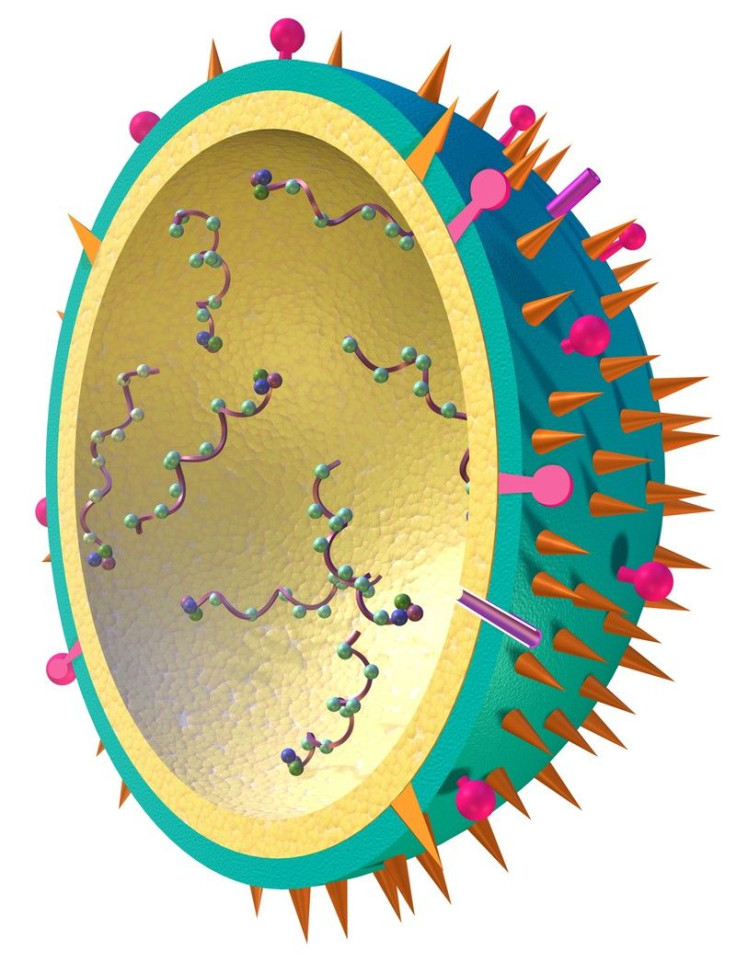Herpes Virus Blasts DNA Into Human Cells With Pressure 8 Times Higher Than A Car Tire

Herpes Simplex 1 (HSV-1) causes unsightly blisters around the mouth and is highly contagious, with around 80 percent of American adults believed to carry the virus. Researchers are unraveling the way the virus gets its DNA into cells and have found that the pressure inside of the virus can literally blast viral DNA into a cell while it is being infected, increasing the chance of infecting the cell. Researchers believe that this finding will open up doors in finding better treatments for viral infections such as herpes.
The herpes virus binds to pores of the nucleus, the storage place of a cells genomic DNA. Then, the virus injects it's own viral DNA at high pressure into the nucleus. There the virus can gain access to the machinery of the cell to exploit cellular processes to create more viruses. High pressure within a virus used to inject viral genetic material has previously been seen in viruses that can infect bacteria, called bacteriophages.
The high pressure within a virus was seen in other related viruses such as those that cause mononucleosis and chickenpox in children, and shingles in adults. Because this is an important way a virus can get its genetic material inside of an important part of the cell it is infecting, the researchers who discovered the high pressure within HSV-1 theorize that drug treatments could possibly make viruses les infective. This would be in contrast with most anti-viral drugs which try to gum-up the machinery that a virus uses to create more of itself.
The research was funded by the Swedish Research Council, the U.S. National Science Foundation, the U.S. National Institutes of Health and the Mellon College of Science.
Source: Bauer D, Huffman J, Homa F, Evilevitch A. Herpes Virus Genome, The Pressure Is On. Journal of the American Chemical Society. 2013.
Published by Medicaldaily.com



























